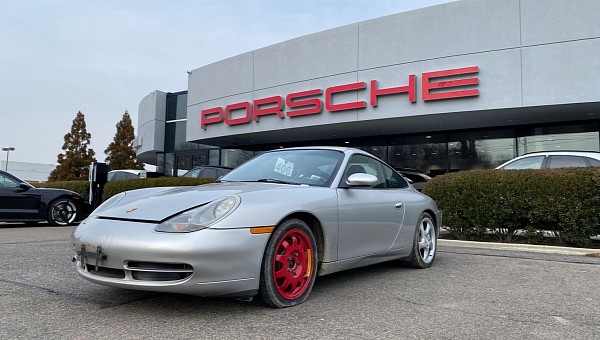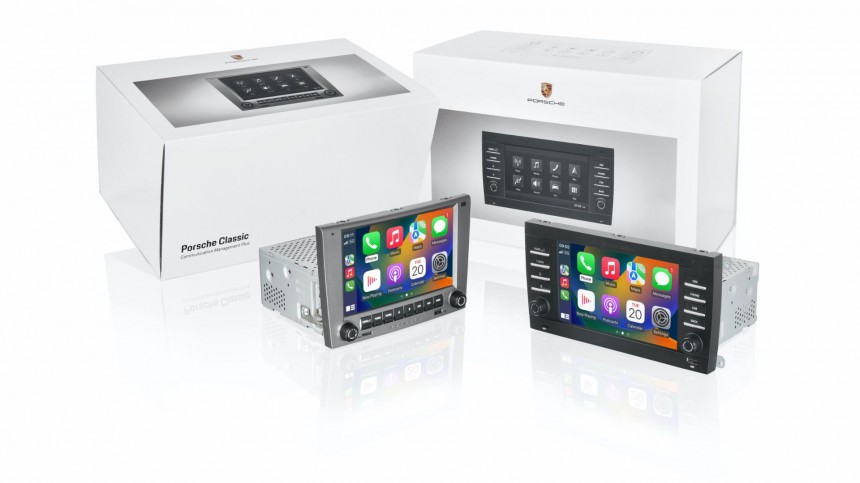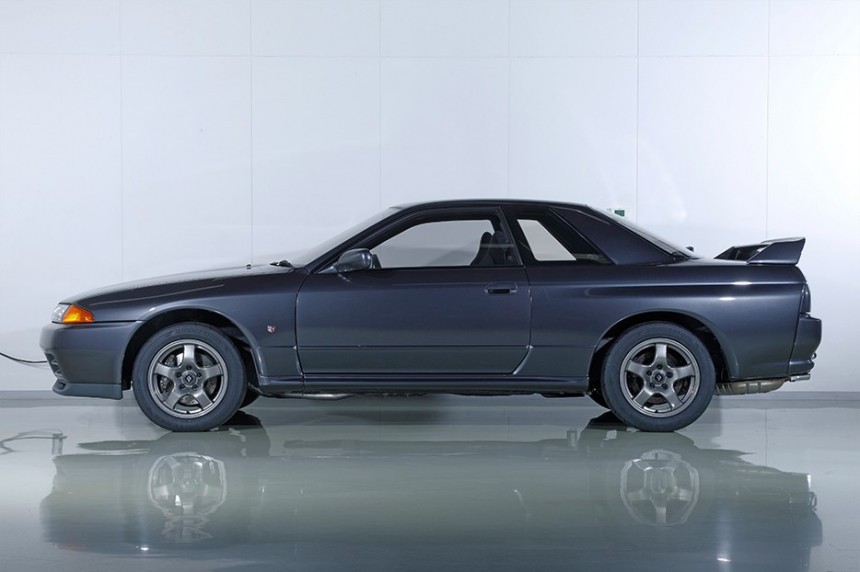What I’m about to talk about isn’t exactly a new idea, but as we head further into the age of the electric car, it’s worth bringing up. EVs are great at a lot of things (especially for folks who just want a car) but they’re not exactly doing it for a lot of enthusiasts out there. As James May might say, EVs don’t give some folks “the fizz.” Thankfully, some brands have recognized this, and just in time to boot.
Take Porsche for example. In March, Porsche announced an expansion of its already vast Porsche Classic program. Porsche Classic has one job - keep old P Cars on the road and supplied with fresh, remanufactured parts. The recent expansion of the program takes aim at a real rich person’s problem, but it’ll be applicable to the rest of us at one point or another - more on this in a moment. I’m talking about the remanufacture of magnesium engine cases for 1968-1976 911s. Kinda niche, yes, but I guarantee if Porsche keeps heading down this path, it’ll never stop producing parts for newer P Cars - say, those from 1990 until now.
Over at Nissan, the story is much the same, albeit in a much more limited capacity. A few years back, Nissan's go-fast shop Nismo said you could ship your R32 GT-R over to Japan (again) to have it taken down to the body-in-white and restored. It’s prohibitively expensive, at roughly $400,000, but it’s a start. To boot, Nismo has restarted production of certain parts for classic Nissans. This is also very important in the age of the nostalgic Millennial. Gran Turismo vibes are big money these days. Hell, BMW will do something similar in Munich. Again, it’s prohibitively expensive to have your car graced by a manufacturer's hands.
What matters here is that the tooling for these parts is kept around. Who else is going to have access to the stampings for a 1972 911’s crankcase? Hell, not even Porsche did. It had to interview old employees and parse together the specs from what was left from the documentation in Stuttgart. That's something only an OEM can do. From there, aftermarket suppliers will be able to reverse engineer their own solutions from these parts. Obviously, they’ll be cheaper than Porsche parts. At one point or another, Porsche and others have to factor the cost to consumers into its Classic program, and prices will be adjusted accordingly. This applies to any brand, its tooling, and the price of parts.
Without brands keeping around this all-important tooling for major parts, the parts will become rare. Plenty of brands have fallen into this trap. Try and find radio trim for a 1950s Lincoln. It doesn’t exist, and if it does, it has been remade by someone that isn’t Lincoln. The Baby Boomer generation had to fight this battle when the cars of their youths became classics, and now we Millennials and Gen Zers have to fight it too. The more readily available the parts are, the easier these cars will be to keep on the road.
Porsche is an exception here. You could even argue Porsche is the gold standard when it comes to its classic program right now. The brand has been exploring biofuels for a few years now, and all that VAG cash has seen some results. Porsche ran the Race of Champions last year with cars fueled entirely by biofuel. But other brands must catch up. Or, more importantly, other brands with a vested interest in their gas-powered models must collaborate.
Frankly, all the nice, shiny new-old parts in the world won’t make a difference if a gas alternative isn’t made viable within the next few decades. No point in spending $400K on that GT-R restoration if you can’t even pass emissions, right? Biofuels will help, and the Volkswagen Group can’t do it alone. In order to keep the cars we love alive and well, the auto industry must work with the community and global governments to ensure they can be kept alive in an environmentally responsible manner. And that will be the biggest battle yet.
Over at Nissan, the story is much the same, albeit in a much more limited capacity. A few years back, Nissan's go-fast shop Nismo said you could ship your R32 GT-R over to Japan (again) to have it taken down to the body-in-white and restored. It’s prohibitively expensive, at roughly $400,000, but it’s a start. To boot, Nismo has restarted production of certain parts for classic Nissans. This is also very important in the age of the nostalgic Millennial. Gran Turismo vibes are big money these days. Hell, BMW will do something similar in Munich. Again, it’s prohibitively expensive to have your car graced by a manufacturer's hands.
Democracy For The Classic Car
The common thread thus far is that all of this is quite expensive. Head over to the Porsche Classic parts website and click around. The brand wants $1,300 to $1,500 for an OE-look radio with Android Auto and Carplay. Most of the parts are extremely expensive. But that’s how it has to be for Porsche, Nissan, and others. Making limited quantities of rare parts is not cheap for these brands. But as more of these cars are kept on the road, economies of scale will kick in, and parts will be cheaper.
What matters here is that the tooling for these parts is kept around. Who else is going to have access to the stampings for a 1972 911’s crankcase? Hell, not even Porsche did. It had to interview old employees and parse together the specs from what was left from the documentation in Stuttgart. That's something only an OEM can do. From there, aftermarket suppliers will be able to reverse engineer their own solutions from these parts. Obviously, they’ll be cheaper than Porsche parts. At one point or another, Porsche and others have to factor the cost to consumers into its Classic program, and prices will be adjusted accordingly. This applies to any brand, its tooling, and the price of parts.
Without brands keeping around this all-important tooling for major parts, the parts will become rare. Plenty of brands have fallen into this trap. Try and find radio trim for a 1950s Lincoln. It doesn’t exist, and if it does, it has been remade by someone that isn’t Lincoln. The Baby Boomer generation had to fight this battle when the cars of their youths became classics, and now we Millennials and Gen Zers have to fight it too. The more readily available the parts are, the easier these cars will be to keep on the road.
Some Brands Haven’t Gotten The Message
Now, that’s parts. But the day is going to come (and I say this without a crystal ball) when the gas we use to drive these cars is going to become less widely used. EVs will do that, and it is a good thing for our planet. But right now, these brands that are so proud of their classics programs they aren’t looking at ways to keep gas in the tank. Or, more importantly, put cleaner gas in the tank.Porsche is an exception here. You could even argue Porsche is the gold standard when it comes to its classic program right now. The brand has been exploring biofuels for a few years now, and all that VAG cash has seen some results. Porsche ran the Race of Champions last year with cars fueled entirely by biofuel. But other brands must catch up. Or, more importantly, other brands with a vested interest in their gas-powered models must collaborate.
Frankly, all the nice, shiny new-old parts in the world won’t make a difference if a gas alternative isn’t made viable within the next few decades. No point in spending $400K on that GT-R restoration if you can’t even pass emissions, right? Biofuels will help, and the Volkswagen Group can’t do it alone. In order to keep the cars we love alive and well, the auto industry must work with the community and global governments to ensure they can be kept alive in an environmentally responsible manner. And that will be the biggest battle yet.










